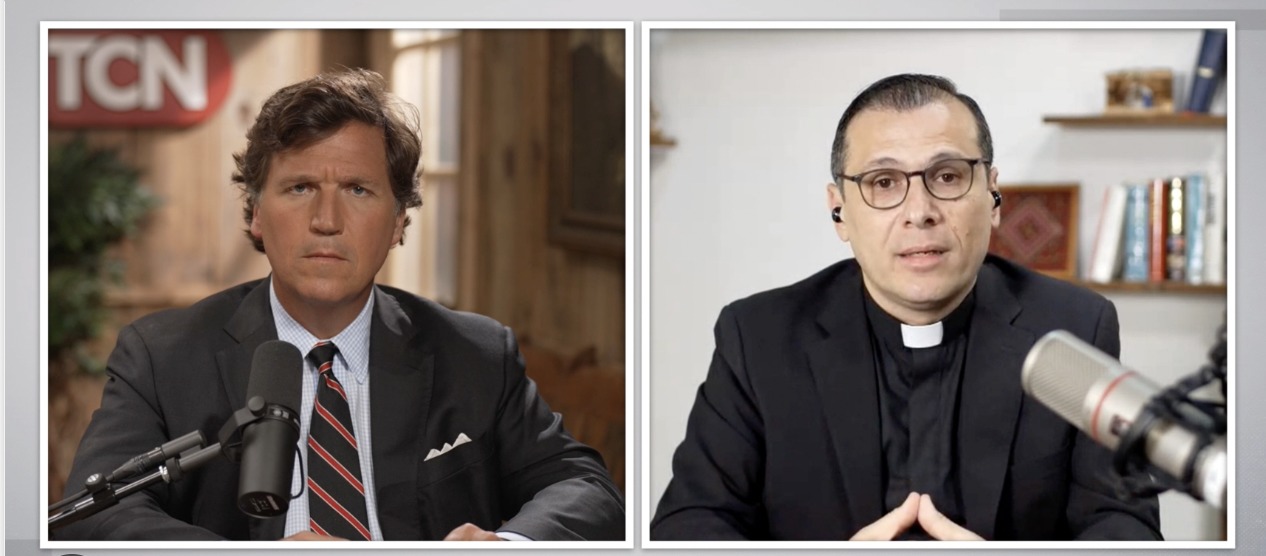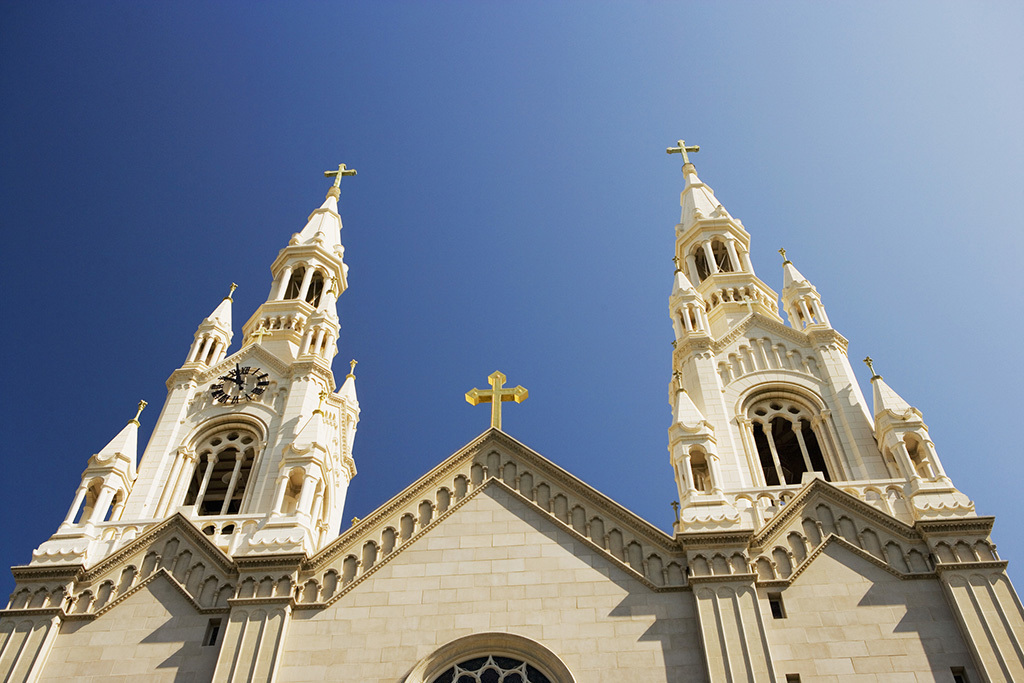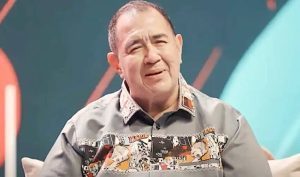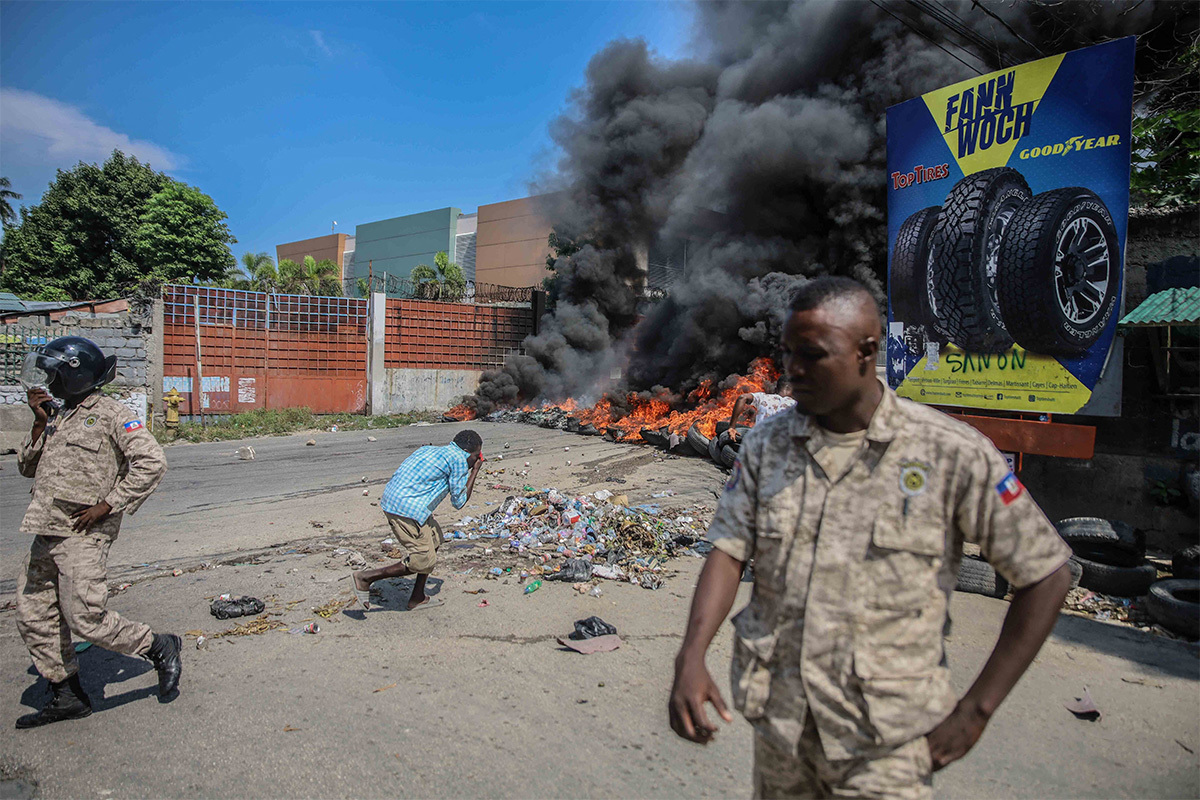LINKS
Africa, Arctic, Asia, Central America/Caribbean, Europe, North America, Oceania, South America
ABA, ABC, AIBCI, Baptist Missionary Association America, BATA, BBFI, Birmingham Independent Baptist Fellowship, BMAT, Bread of Life Baptist Mission Fellowship, CBA, CBA, DBA, DBF, FBFA, FBFI, GIBF, HAPF, IBC, IBFI, IFCA, IMBGA, LIBF, MBA, NAB, NAFWB, National Baptist Convention of America, NBF, NEBF, NIBF, NRBFC - Northeast Regular Baptist Fellowship of Churches, NTAIBC, Southwide Baptist Fellowship, Tri-State Independent Baptist Preachers Fellowship, TVIBF, UBA, Wisconsin Fellowship of Baptist Churches
Abstinence, Activities, Art Ministries, Aviation, Benevolence, Bible Ministry, Bible Translation, Book Stores, Building/Construction, Caregiver Program, Cemetery, Chaplain Ministry, Children/Youth, Childrens Homes, Christian Apparel, Christian Camps, Churches, Coffee Shop/Cafe at Church, College/Careers Ministry, Counseling, Creationism, Culinary Arts Ministry, Descriptors, Devotionals, Disabilities, Discipleship, Doctrines, Educational Ministries, Entertainment, Ethnic/Language/National Groups, Evangelists, Family, Financial, Helps, Hospice Ministries, Hospitality Housing, Jubilee Ministry, Ladies Ministries, Legal, Library, Media Ministry, Mens Ministries, Mentor Ministry, Missions, Motorcyle Club, Music, Outreach Ministries, Prayer, Publishing, Pulpit Supply
VIDEOS
Alconbury Independent Baptist Church Huntingdon United Kingdom, Amazing Grace Baptist Church Oriskany Falls New York, Ambassador Baptist Church Ennis, Texas, Ambassador Baptist Church Frederick Maryland, Astatula Baptist Church Astatula Florida, Bayview Baptist Church, San Pedro California, Bear Trail Baptist Church Cana Virginia, Berean Bible Baptist Church Chula Vista California, Bethel Baptist Church LaPlata Maryland, Bethel Baptist Church Philadelphia PA, Bethel Baptist Church Richmond Hill Georgia, Bible Baptist Church Anderson, SC, Bible Baptist Church Aztec, NM, Bible Baptist Church Catlettsburg Kentucky, Bible Baptist Church Grand Forks North Dakota, Bible Baptist Church National City California, Bible Baptist Church Sapulpa Oklahoma, Bible Baptist Church Simpsonville SC, Bible Baptist Church, Lupton MI, Bills Lake Baptist Church Newaygo Michigan, Calvary Baptist Church - Dundalk, MD, Calvary Baptist Church Mesquite Texas, Calvary Baptist Church of Hampton, Georgia, Calvary Baptist Church of Union Grove North Carolina, Cornerstone Baptist Church: Crossville, Tennessee, Cornerstone Baptist Temple Dayton Ohio, Countryside Baptist Church Mansfield TX, Fairfield Baptist Church Demorest Georgia, Faith Baptist Church Easley South Carolina, Faith Baptist Church Homosassa, FL, Faith Baptist Church of Easton, Easton Pennsylvania, First Baptist Church Ennis Texas, First Baptist Church Geneseo, IL, First Baptist Church of Worcester, NY, Glenwood Baptist Church of Jacksonville Florida, Grace Baptist Church Greenville, PA, Grace Baptist Church of Hampton South Carolina, Grace Baptist Temple Blackstone, VA, Helotes Independent Baptist Church, Heritage Baptist Church Humble Texas, Heritage Baptist Church Locust Grove Georgia, Higher Plain Baptist Church, Hopewell Baptist Church - Longmont, CO, Huisache Avenue Baptist Church San Antonio Texas, Kenwood First Baptist Church Fayetteville Georgia, King James Baptist Church York, SC, Lancaster Baptist Church Lancaster California, Liberty Baptist Church in Fircrest WA, Liberty Baptist Church Lyons Georgia, Lighthouse Baptist Church Jackson Georgia
NEWS
Christian Bible Studies, Christian History, Christianity Today Movies, ChristianityToday.com: Hot Topics, CT Pastors, CT Women, IgniteYourFaith.com, Karl Vaters, Leadership Training | Building Church Leaders, Managing Your Church, News and Reporting, Preaching Today, Preaching Today: Multimedia, Preaching Today: News That Illustrates, Preaching Today: Sermons, Preaching Today: Skills, Small Groups, This Is Our City
Christianity Today at the Movies: Features, ChristiansUnite Christian Joke of the Day, Reverend Fun, Sermon_Fodder at Yahoo! Groups
Blue Letter Bible: The Blog, Hope Biblical Counseling Center, Mom's Blog, Musicademy, Pastor Jaysen Brown | Faithful and Encouraging, Pastor Paul Chappell | The Pastor's Perspective, Pyromaniacs, Solve Church Problems - Dr. Bob Gray Sr.
Ashland Avenue Baptist Church Lexington Kentucky (KY), Atlanta Bible Baptist Church Atlanta Georgia (GA), Bible Baptist Church Radcliff, Kentucky (KY), Bible Believers Baptist Church Jacksonville Florida (FL), Brea Baptist Church Brea California (CA), Calvary Baptist Church in Mount Vernon Indiana, College Avenue Baptist Church, Levelland Texas, Community Baptist Church Canton, GA (Sermons), Community Baptist Church of Roxboro North Carolina, Cornerstone Baptist Church (Mcalester OK), Eastland Baptist Church of Tulsa (OK), Emmanuel Baptist Bible Church of Martville (NY), Emmanuel Independent Baptist Church RSS Feeds (Clay City Kansas), Faith Baptist Church of North Chili (Rochester NY), Family Baptist Church on Guam, First Missionary Baptist Church of Healdton OK, Grace Baptist Church Decatur Illinois (IL), Grace Baptist Church Marshfield Wiscosin (WI), Heartland Baptist Church Collinsville Illinois (IL), Highlands Baptist Church Centennial Colorado, Jordan Baptist Church (Sanford Florida), Kansas City Baptist Temple (Kansas City Missouri), Lancaster Baptist Church (Lancaster California), Laurel Baptist Church Charlotte, North Carolina (NC), Lighthouse Baptist Church, Alexandria Virginia, Lighthouse Baptist Church, Schenectady NY, McKee Road Baptist Blog (Bakersfield California), New Hope Baptist Church » Articles (Goode Virginia), New Hope Independent Baptist Church in Georgetown, KY., Oak Lake Baptist Church Sugar Land, Texas (TX), Salem Baptist Church, Winston Salem North Carolina, Saylorville Baptist Church - Des Moines, Iowa, Scriptural Baptist Church Phoeniz Arizona (AZ), Temple Baptist Church (Laurens South Carolina), The Pastors Perspective (Lancaster California), Twin City Baptist Church, Winston Salem, North Carolina, Victory Baptist Church, Raleigh, North Carolina, Vision Baptist Church Alpharetta, Georgia
Answers in Genesis Articles, Creation Evolution Headlines, Creation Evolution Headlines
Crosswalk.com - Devotionals, Daily Strength with Joe Stowell, Devotionals for Teen Girls, Devotions From The Bible, DrMikeBagwell.org, My Utmost For His Highest, Our Daily Bread
Icons in categories
Bookmark and share Baptist Ministries - Baptist Church Directory - Find a Church / Ministry
Latest Links
| Accident Baptist Church, Accident Maryland |
 Independent Baptist Church in Accident Maryland Independent Baptist Church in Accident Maryland |
| New Testament Missionary Baptist Church, Wood River Illinois |
 Independent Baptist Church in Wood River, Illinois Independent Baptist Church in Wood River, Illinois |
| Prince Albert Baptist Church, Prince Albert Saskatchewan |
 Independent Baptist church in Prince Albert, Saskatchewan Independent Baptist church in Prince Albert, Saskatchewan |
| Old Path Baptist Church, Enville Tennessee |
 We are a Bible-teaching, Independent Baptist Church located north of Enville, Tennessee. We are a Bible-teaching, Independent Baptist Church located north of Enville, Tennessee. |
| New Jerusalem Baptist Church, Hopewell, Virginia |
 Independent Baptist church in Hopewell, Virginia Independent Baptist church in Hopewell, Virginia |
Latest Blogs
| Update on outage fom hosting provider. |
| Resolved |
| Server was down |
| This website had server problem for a little over 3 hours this morning. Everything came back up just before 11 AM CST. Waiting for a resolution from hosting provider. |
| Crash and burned |
| The new server crashed and burned around midnight, 01/02/23.The server has been stable since then, and does appear to be running better than the old server.I will keep us on the new server to see how stable it is. |
| Trying out a different server again |
| I am playing with a different server for this database. So far it looks promising. If we move over, it should be fairly seemless. |
| Church Videos |
| Church videos are importingh new videos again. When I was switching servers a while back, I inadvertantly change an option that required them to be manually updated. All the older videos (a week or two) are active now, new videos should come in |
Latest News
| North Carolina pastor calls Trump's 'God Bless the USA' Bible 'blasphemous' in viral sermon |
 A Pentecostal pastor is urging his congregants not to embrace the “God Bless the USA Bible” that includes documents central to the founding of the United States, deriding it as “blasphemous.” A Pentecostal pastor is urging his congregants not to embrace the “God Bless the USA Bible” that includes documents central to the founding of the United States, deriding it as “blasphemous.” |
| Christian leaders criticize Tucker Carlson's interview with Munther Isaac: 'No mention of Hamas' |
 Faith leaders have pushed back against anti-Israel rhetoric promoted by Munther Isaac, the pastor of the Evangelical Lutheran Christmas Church in Bethlehem, in a recent Tucker Carlson interview. Faith leaders have pushed back against anti-Israel rhetoric promoted by Munther Isaac, the pastor of the Evangelical Lutheran Christmas Church in Bethlehem, in a recent Tucker Carlson interview. |
| Pastor blames San Francisco gov't after parishioner stabbed during Mass |
 The pastor of a Roman Catholic church in San Francisco placed partial blame for a parishioner's recent stabbing on the local government, which he said has allowed crime and mental illness to run rampant in the city. The pastor of a Roman Catholic church in San Francisco placed partial blame for a parishioner's recent stabbing on the local government, which he said has allowed crime and mental illness to run rampant in the city. |
| Pastor accused of blasphemy after sermon comparing tithing, alms-giving |
 Muslim leaders have filed complaints of blasphemy against a leading Christian pastor in Indonesia. Muslim leaders have filed complaints of blasphemy against a leading Christian pastor in Indonesia. |
| Haiti Prime Minister Ariel Henry resigns; UN official calls for more aid amid gang warfare |
 More than a month after announcing he would resign amid escalating gang violence, Haiti's Prime Minister Ariel Henry formally submitted his letter of resignation. More than a month after announcing he would resign amid escalating gang violence, Haiti's Prime Minister Ariel Henry formally submitted his letter of resignation. |
Latest Videos
| Missions Conference - Friday Evening Service - Live Stream |
 Join us for today's church service! We'll enjoy Godly music and Bible preaching! To support this ministry, visit bbcrhill.org/give ... Join us for today's church service! We'll enjoy Godly music and Bible preaching! To support this ministry, visit bbcrhill.org/give ... |
| Friday Noon Prayer Meeting |
 Please join us for our daily prayer meeting! Please join us for our daily prayer meeting! |
| Countdown to Courage April 26 |
 Biblical Precepts on Peace (Make Prayer Preeminent) Biblical Precepts on Peace (Make Prayer Preeminent) |
| Revival #2 - Pastor James McEntire Jr. - 4/25/24 |
 Revival #2 - Pastor James McEntire Jr. - 4/25/24. Revival #2 - Pastor James McEntire Jr. - 4/25/24. |
| Remember Your Creator, Part 2 | Ecclesiastes 12:1-8 | 4/25/24, Thursday PM |
 Ecclesiastes 12:1-8 “Remember now thy Creator in the days of thy youth, while the evil days come not, nor the years draw nigh, ... Ecclesiastes 12:1-8 “Remember now thy Creator in the days of thy youth, while the evil days come not, nor the years draw nigh, ... |
Latest Articles
| Msg #24016 Abiding in Sin |
 What The Bible Says - Good Samaritan's Penny Pulpit by Pastor Ed Rice What The Bible Says - Good Samaritan's Penny Pulpit by Pastor Ed Rice |
| Bethany Baptist Church, Wakeeney Kansas |
 Looking for a bivocational pastor Looking for a bivocational pastor |
| New Testament Missionary Baptist Church, Wood River Illinois |
 Need: Pastor Need: Pastor |
| Victory Baptist Church, Thorp Wisconsin |
 Need: Pastor (Full Time) Need: Pastor (Full Time) |
| Msg #24015a King Saul, Was He God's Mistake? |
 What The Bible Says - Good Samaritan's Penny Pulpit by Pastor Ed Rice What The Bible Says - Good Samaritan's Penny Pulpit by Pastor Ed Rice |



 Links
Links  Articles
Articles  Blogs
Blogs  Videos
Videos  News
News  Colors
Colors 

 New links
New links

